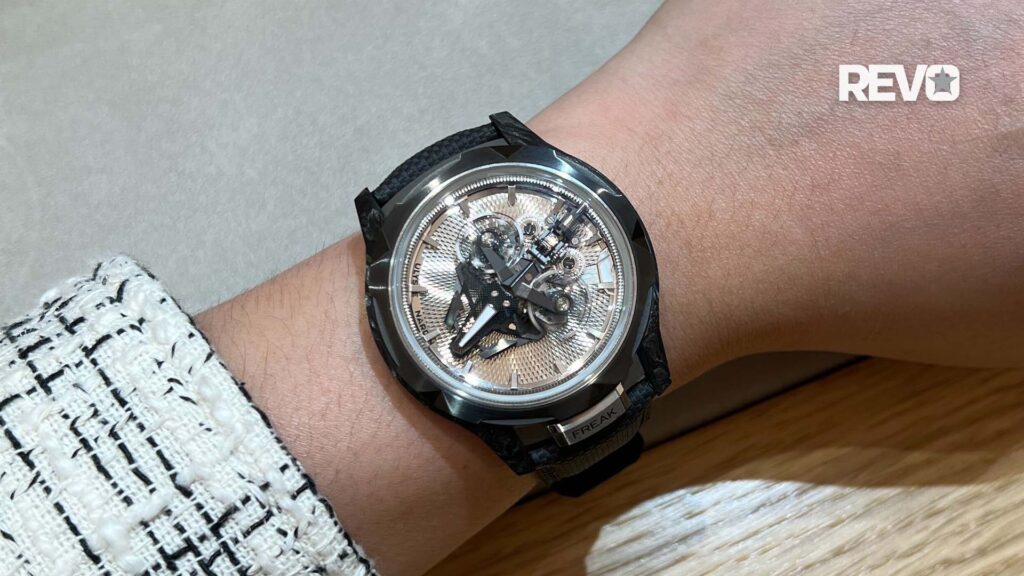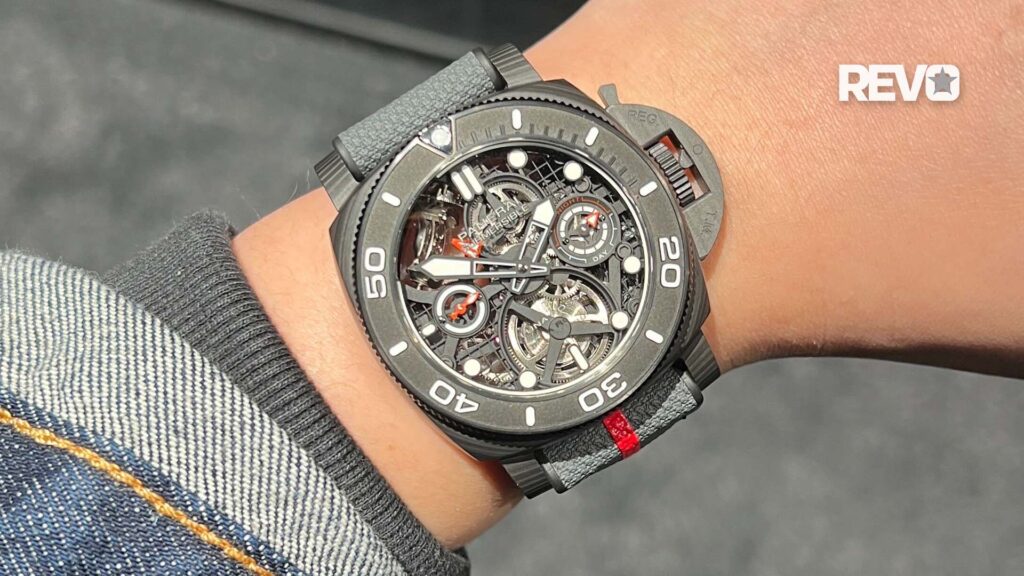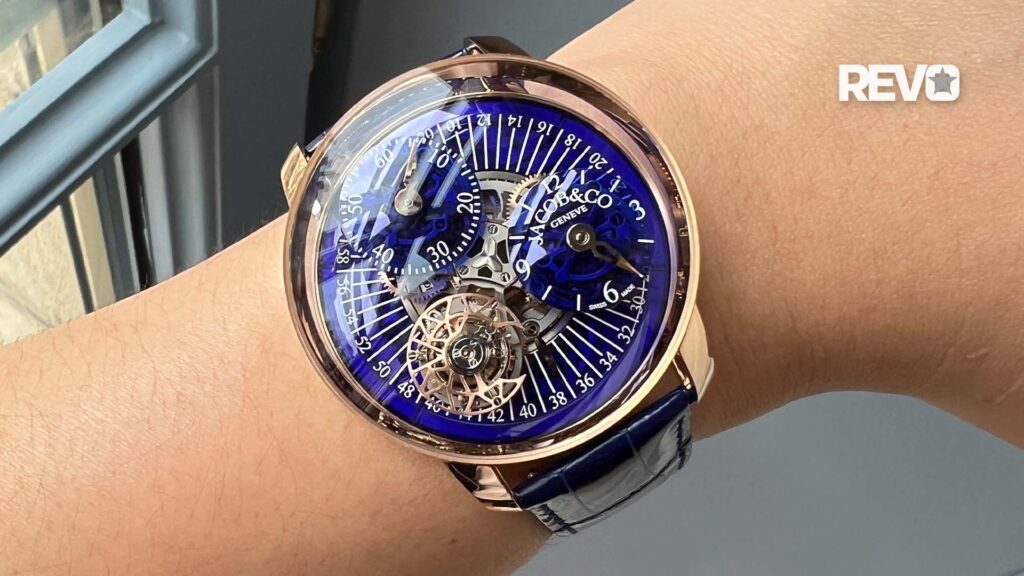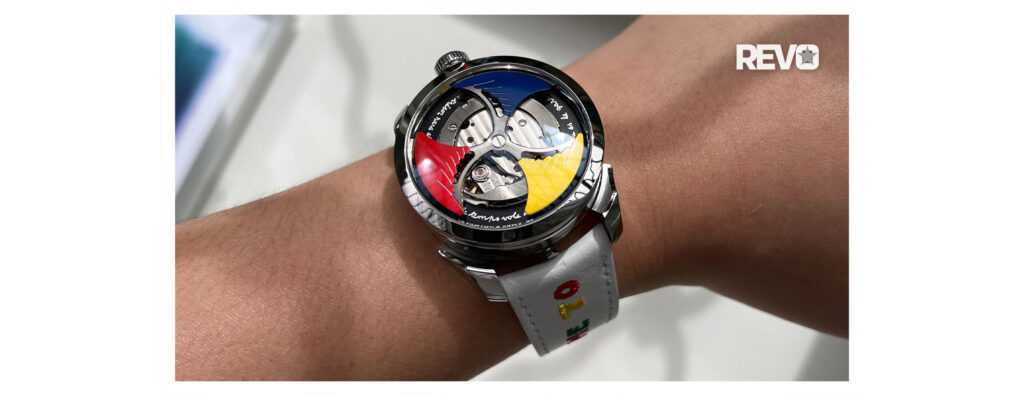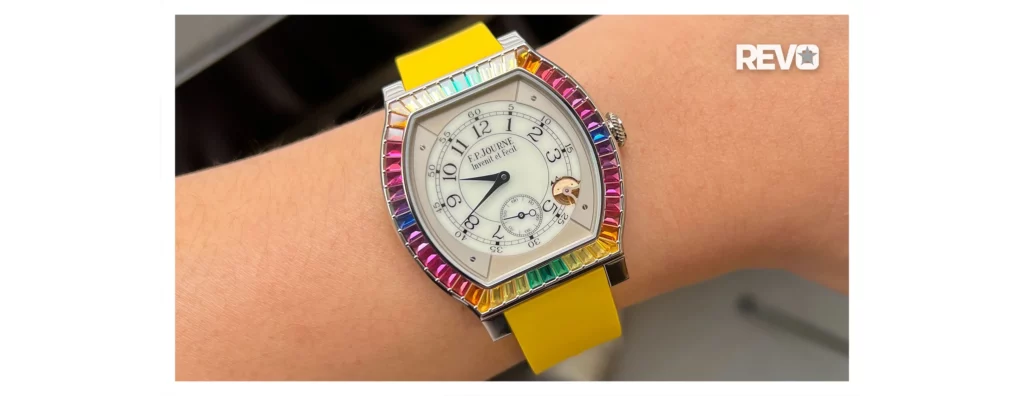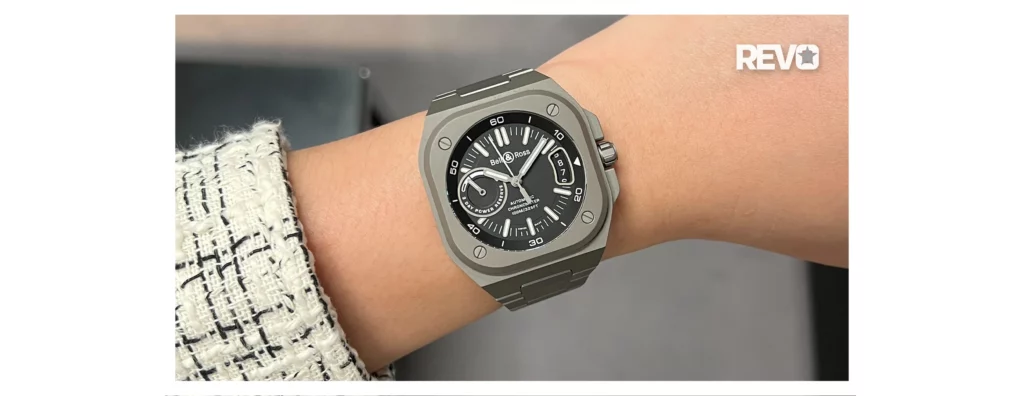Reviews
Rolex and Exploration
On 29 May, 1953, a team of bold gentlemen took the final steps to summitting the highest peak in the world, nearly a century after it was identified as the highest point on Earth and after eight previous attempts to summit it by the British and 11 across the world. Sir Edmund Hillary was ahead, but he insisted Tenzing Norgay, the Sherpa guiding the team, take the first steps and claim that honour. We’ll call it even, but what was memorable was the watches they had strapped to their wrists — a Rolex. By its very nature, exploration often requires taking great risks that test endurance and will. To reach further, to venture into the most hostile parts of the planet to learn more about them — goes to the heart of what it means to be human.
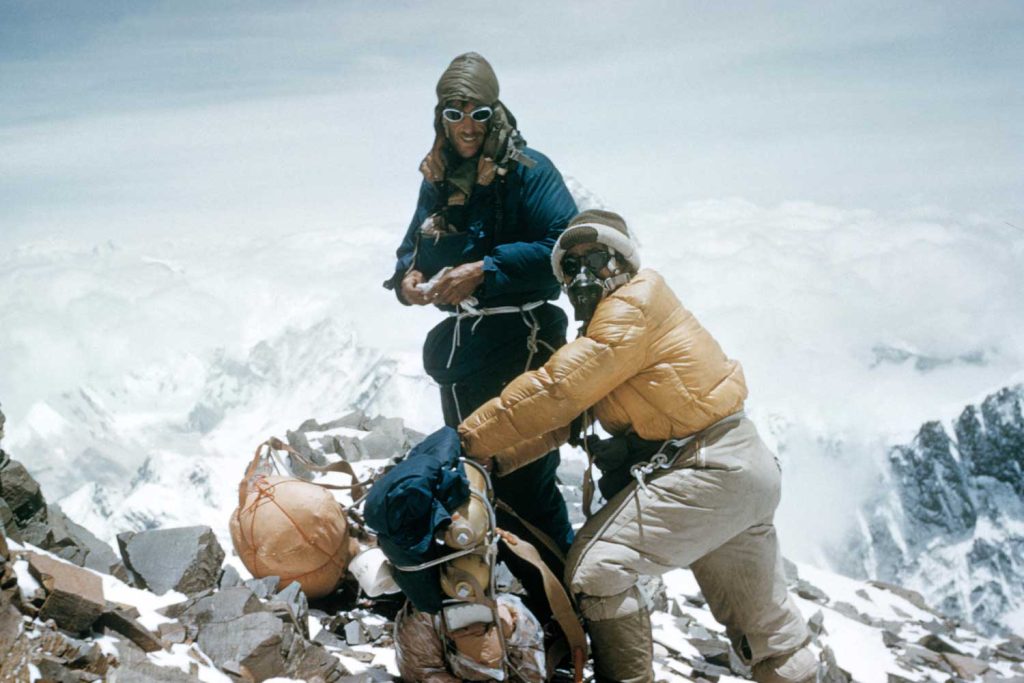
New Zealander Sir Edmund Hillary and Tenzing Norgay, a Nepali Sherpa climber, where the first successful pair from John Hunt's British expedition, and the first in the world to have reached the summit of Mt. Everest at 11:30 local time on 29 May 1953 via the South Col route
The Explorer has since become a legend, representing both the spirit of human endurance along with the company’s philosophy of quiet innovation. After all, what better way to trial a watch than to offer it to true explorers and see if it lives up to their expectations? And 60-odd years on, Rolex’s determination to champion and support the leaders of our generation, the individuals who have taken on the mantle of discovering the gems and secrets of the Earth, from the highest mountains and to the ocean depths. But today’s explorers aren’t simply pursuing dreams of achieving grand goals of human excellence — they are setting forth to gain knowledge, to raise awareness of the impact of our modern civilisation on the world and how we can preserve and protect some of the greatest natural treasures on Earth.
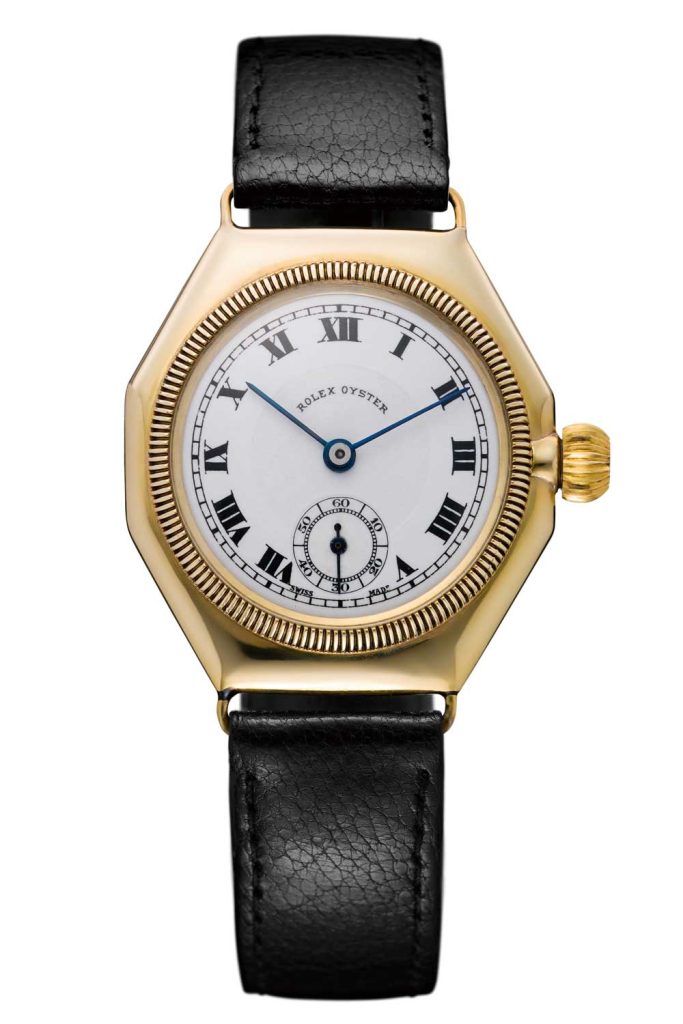
The first waterproof Oyster wristwatch, housed in an octagonal case, 1926
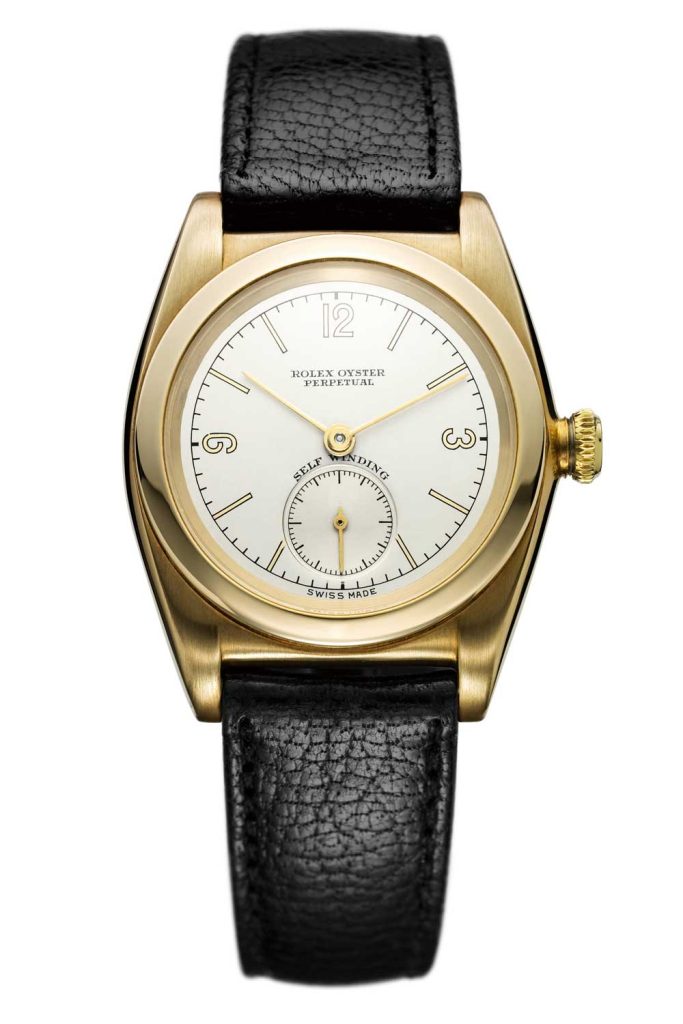
The first Oyster Perpetual watch with automatic winding in 1931
A Chronology of Rolex Explorers
Leading the Charge
Over the course of the past century, Rolex has been heavily involved in exploration, in part thanks to its reliability and consistency in development but also because the brand’s pursuit of innovation mirrors the scientific world’s. For the founder of Rolex, Hans Wilsdorf, the world was like a living laboratory. He began to use it as a testing ground for his watches from the 1930s, sending them to the most extreme locations, supporting explorers conquering challenges.
An apprentice businessman in his youth, he had great foresight to the potential of the wristwatch and sought to popularise them by developing highly precise and reliable compact movements which would fit in a wristwatch. Just six years after the Rolex brand was established, it began to break records, beginning with the first Class ‘A’ certification from the Kew Observatory. Post-WWI, his foresight would be demonstrated as wristwatches, which were a crucial development during the war and in makeshift designs by soldiers on the ground, would grow rapidly in popularity.
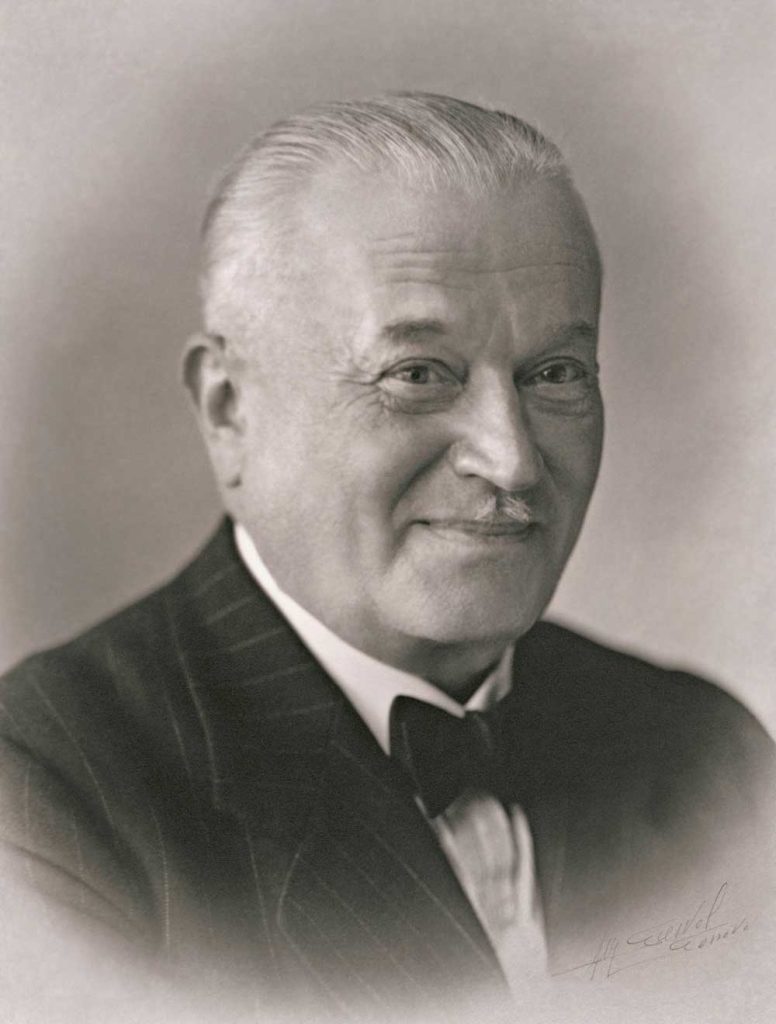
Hans Wilsdorf, founder of Rolex
On Top of the World
Rolex throughout most of its history has supported leaders who have attempted to achieve feats of human excellence, starting with Mercedes Gleitze, the female swimmer who crossed the English Channel, with a Rolex. Following that was Sir Malcolm Campbell, the racer who went on to set numerous records in the 1920s and 1930s. But from the 1930s to the 1950s, Rolex set its sight on mountaineering and the expeditions which set out to conquer Everest. Committed to innovation and wanting to develop watches catering to specific needs, Rolex began to equip mountaineering and diving expeditions with Oyster watches, and would receive accolades from Sir John Hunt, the leader of the expedition, as well as Sherpa Tenzing Norgay and Sir Edmund Hillary, who would write to Rolex after the completion of his 1952 British-Himalayan Expedition.

Sir Edmund Hillary and Sherpa Tenzing Norgay ascending Mt. Everest as part of Sir John Hunt’s team
“To me an accurate watch is a novelty. I am one of those unfortunate people whose watches, for some strange reason, always seem to go slow. No adjustment seems to counteract. However this Rolex has been a different matter altogether. Its accuracy is all one could desire and it has run continuously without winding ever since I put it on some nine months ago… I count your watch amongst my most treasured possessions.”
Discovering the Subatomic World
In 1954, the European Council for Nuclear Research (now the European Organisation for Nuclear Research), or CERN, was established. The aim was to develop the world’s most powerful particle accelerators underground, including the Large Hadron Collider, a massive, multi-country project that enables scientists to smash together subatomic particles at enormous levels of energy and speeds close to the speed of light, in order to break them apart to observe their constituent particles and qualities. CERN has been responsible for helping physicists and scientists understand much of the universe, proving some theories and dismantling others. Among its most significant discoveries would be the Higgs boson, the particle that gives mass to the known universe.

The Large Hadron Collider at CERN
Beyond this connection, Rolex has continued to sponsor CERN’s efforts to understand our vast universe through the sponsorship of scientific conferences. Not only that, it also helped sponsor the Universe of Particles exhibition at CERN’s Globe of Science and Innovation building, one that has become emblematic of the international scientific organisation.
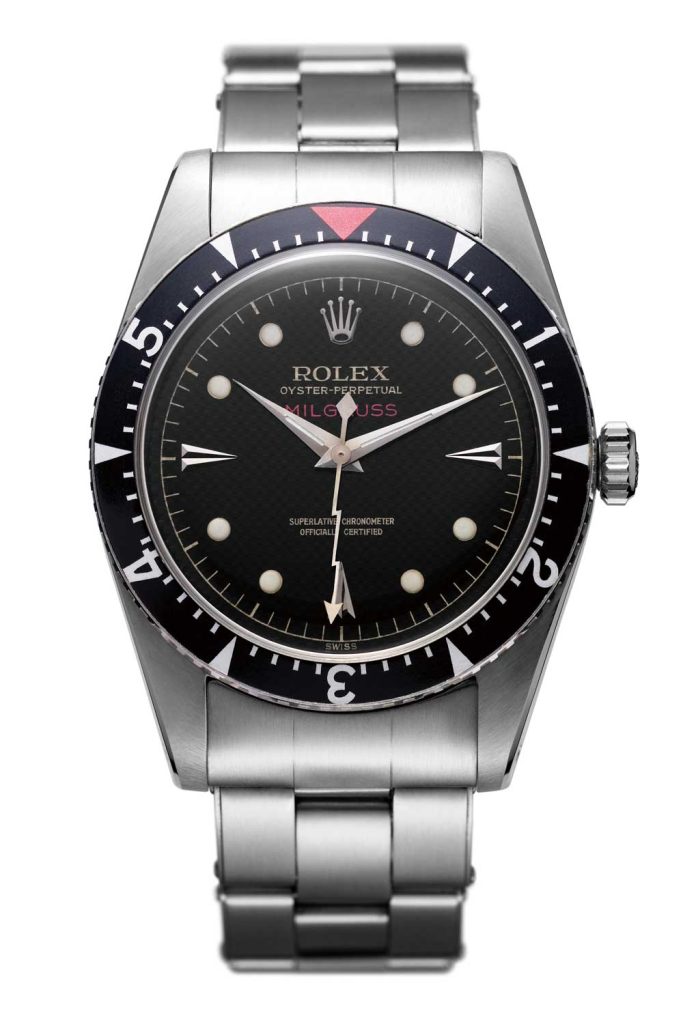
The Oyster Perpetual Milgauss, the first magnetically resistant watch tested at CERN.
Venturing into the Deep
Rolex divers’ watches were developed in the same time frame as the Explorer, with the first Submariner also launched in 1953. By 1960, Rolex’s involvement with exploration took a new turn, going down instead of up — to the Mariana Trench, the deepest point in the oceans, the equivalent of the height of Everest plus some 2,000 metres. The Mariana Trench is located around 200 kilometres east of the Mariana Islands in the western Pacific. Pressure at that point equates to 110 million Newtons of force per square metre.
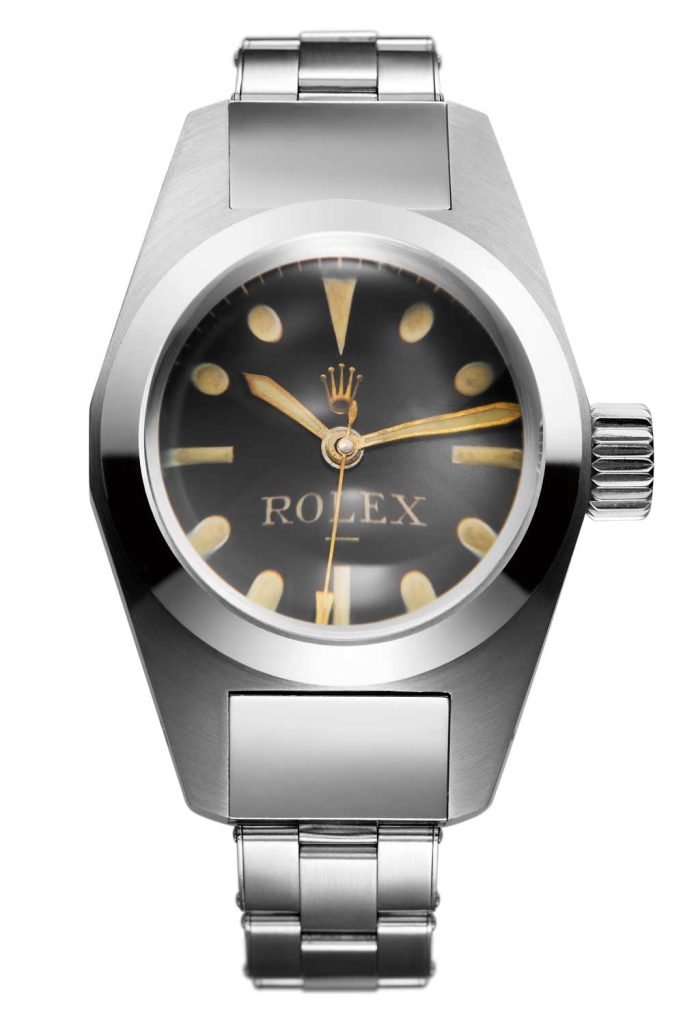
Rolex “Deep Sea Special” from 1960
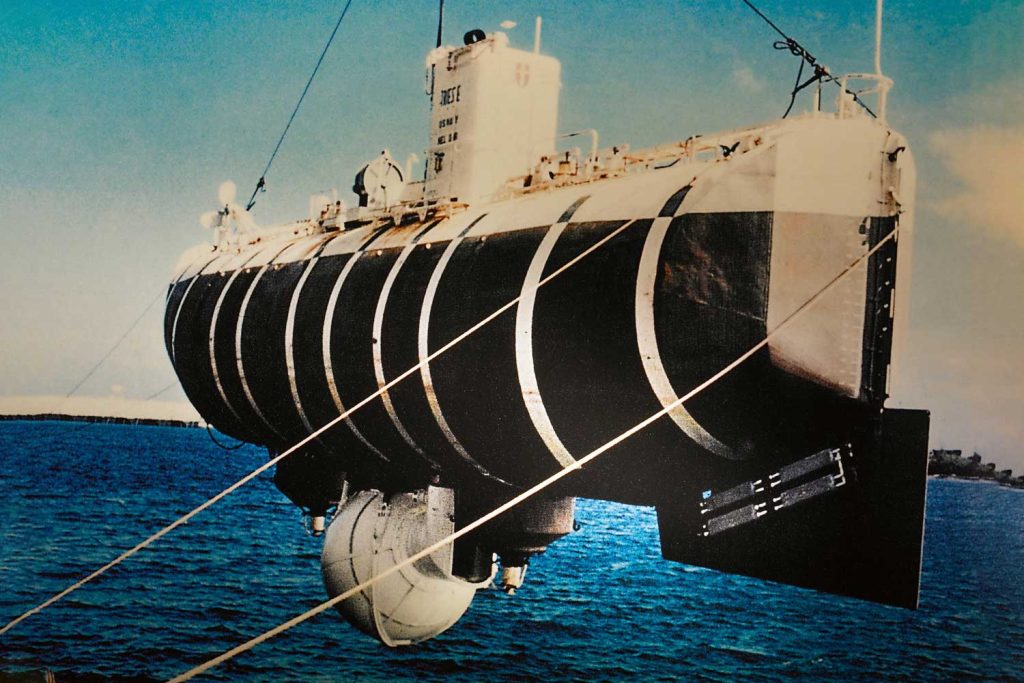
The bathyscape Trieste
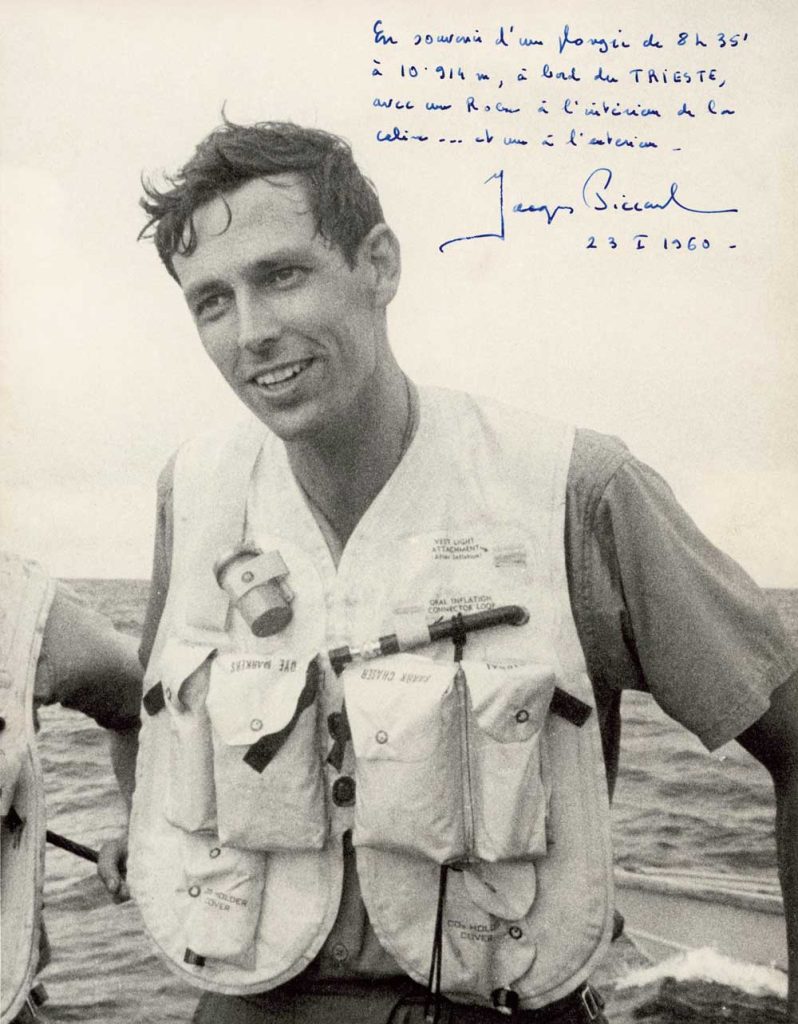
Jacques Piccard
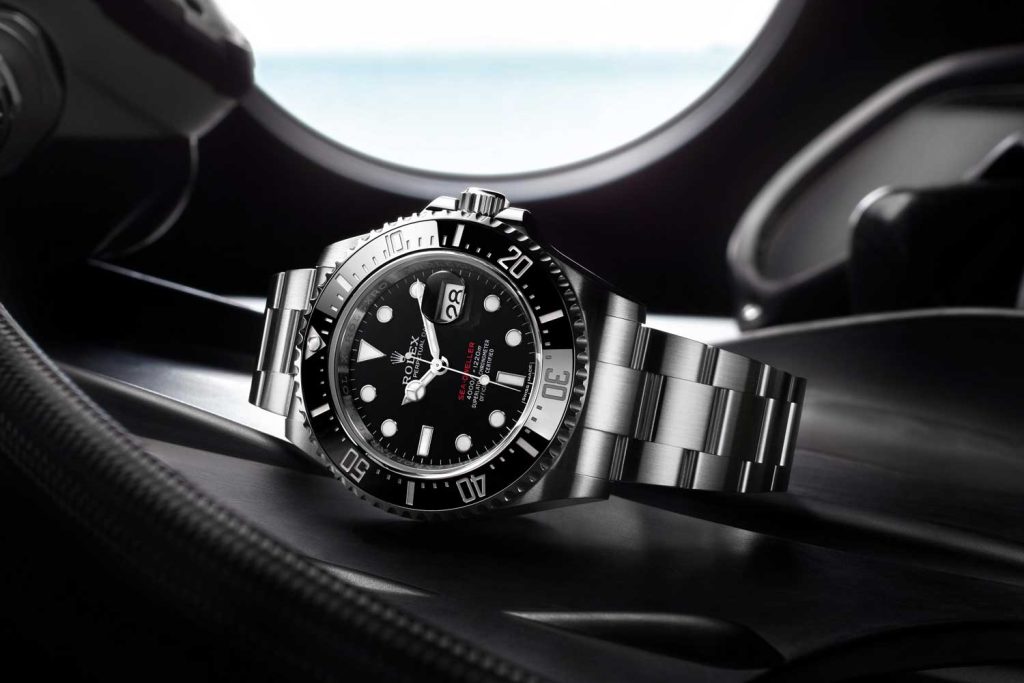
Rolex Sea-Dweller ref. 126600
Under the Pole
Over the years, growing awareness of the impact of climate change and the effects of ozone depletion in the polar regions have increased the number of scientific expeditions that are undertaken to study the dangers of the warming Poles. Since the globe’s environments rely on the maintenance of jetstreams and the preservation of Arctic and Antarctic ice, it’s essential to study the impacts of reduced snowfall on the region and more.
Rolex’s support of the sciences in the understanding of such impacts on the world has been significant. In 2010, it sponsored the first expedition, Deep Sea Under the Pole, led by French explorer Ghislain Bardout — a team of eight members that spent three years planning and organising the trip with the purpose of developing a photographic and video report of the underwater world below the ice caps.

In 2010, Deep Sea Under The Pole by Rolex reported on the world beneath the arctic ice caps
Even though the team had prepared themselves physically and mentally for the extreme cold, it was still a shock to experience it non-stop for 45 days. According to Bardout, “frostbite was our constant enemy”. Despite that, the team has not stopped, and two more expeditions have been accomplished since, with Under the Pole III still underway, a 36-month expedition with a multi-disciplinary team that will traverse the Pacific and Atlantic Oceans to study polar systems on both the North and South Poles, as well as marine biology changes. The expedition serves as an educational program as well as to collect scientific information that will aid other scientists in the future.
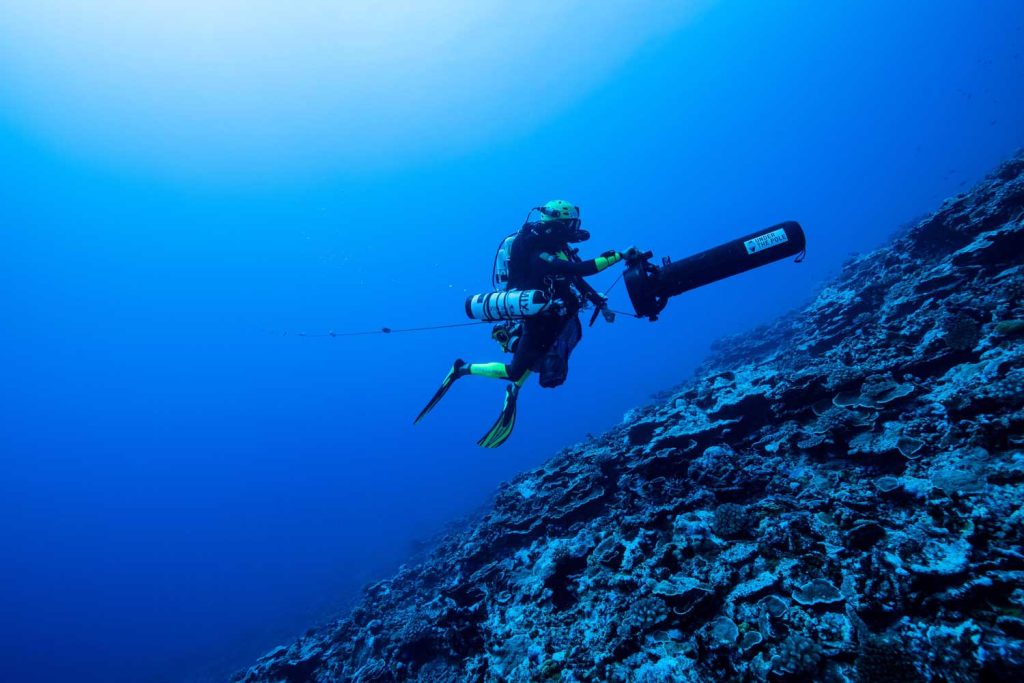
Under The Pole (Image: Julien Leblond)
The Deepsea Challenge
In 2012, the renowned filmmaker and Rolex Testimonee James Cameron, who’s given the world such fantastic imaginations as Avatar and Aliens, made a solo dive to a depth of 10,908 metres, returning Mankind to the Mariana Trench after over 50 years. The inspirational DEEPSEA CHALLENGE expedition paved the way for a new era in scientific exploration of the ocean floor, the least known area of the entire planet.
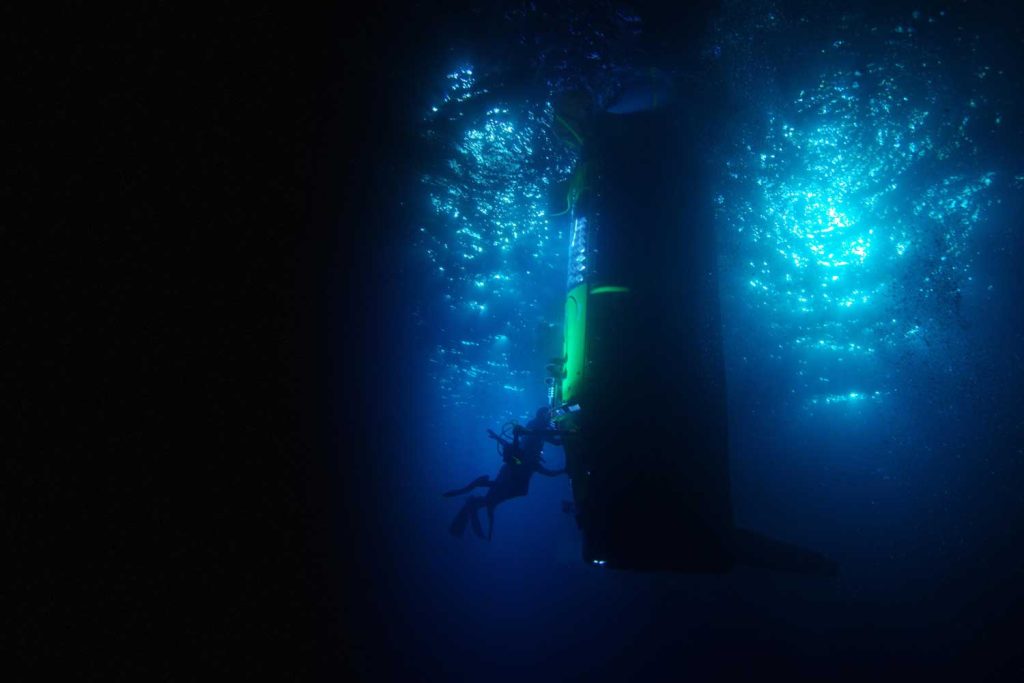
James Cameron’s DEEPSEA CHALLENGER submersible on a test dive in Papua New Guinea
Not only did the DEEPSEA CHALLENGER submersible crewed by Cameron deliver high resolution 3D imaging of the trench, it also collected numerous samples thanks to specially designed robot arms, upon one of which an experimental Rolex watch – the Rolex Deepsea Challenge watch was strapped. Designed like a vertical torpedo which housed the pressure-resistant sphere holding Cameron, the submersible also offered ground-breaking use of technology such as a syntactic foam for the hull and a specially designed video imaging system for 3D video capture. Because the DEEPSEA CHALLENGER was designed for scientific research, it enabled Cameron to spend several hours at the bottom of the trench. Since then, the research community has been able to identify up to 68 new species thanks to the samples collected.
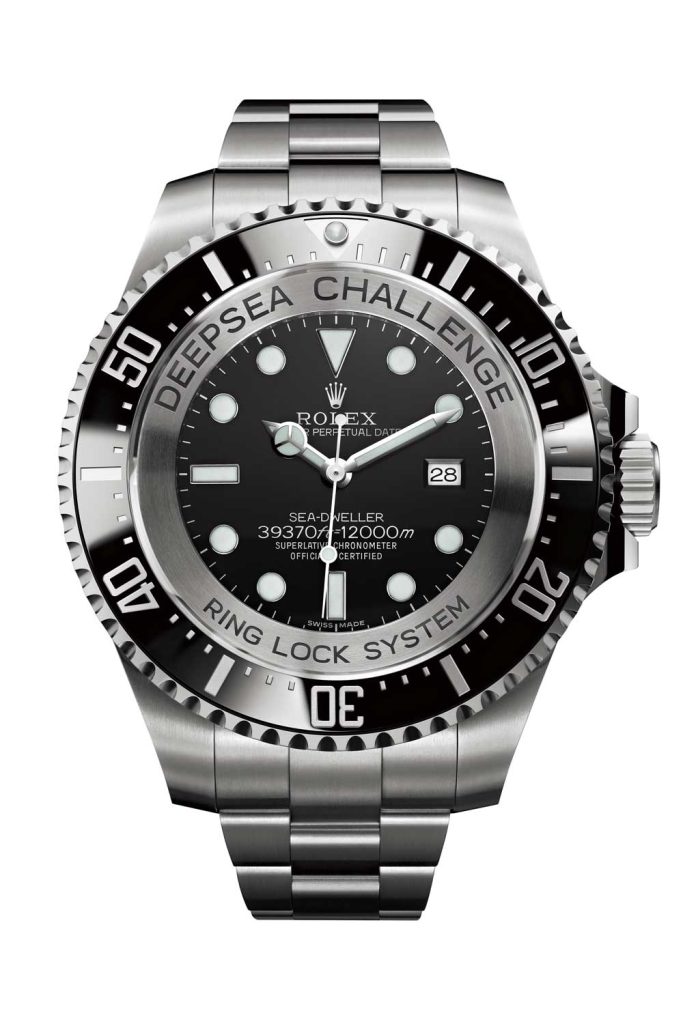
Rolex Deepsea Challenge from the 2012 expedition
Corralling Partnerships
This year, Rolex introduced the Perpetual Planet campaign, designed to continue the brand’s support for exploration with conservation. For now, it embraces an enhanced partnership with the National Geographic Society to study the impacts of climate change, as well as Sylvia Earle’s Mission Blue initiative to safeguard the oceans through a network of marine protected “Hope Spots”. It also encompasses the Rolex Awards for Enterprise that recognise individuals with projects that advance knowledge and protect human well-being and the environment. David Doubilet, a Rolex Testimonee since 1994 and an award-winning photographer whose captivating underwater imagery and own experiences with the complexities of marine ecosystems have transformed the way we perceive the sensitive nature of this carefully balanced world is participating in this partnership.
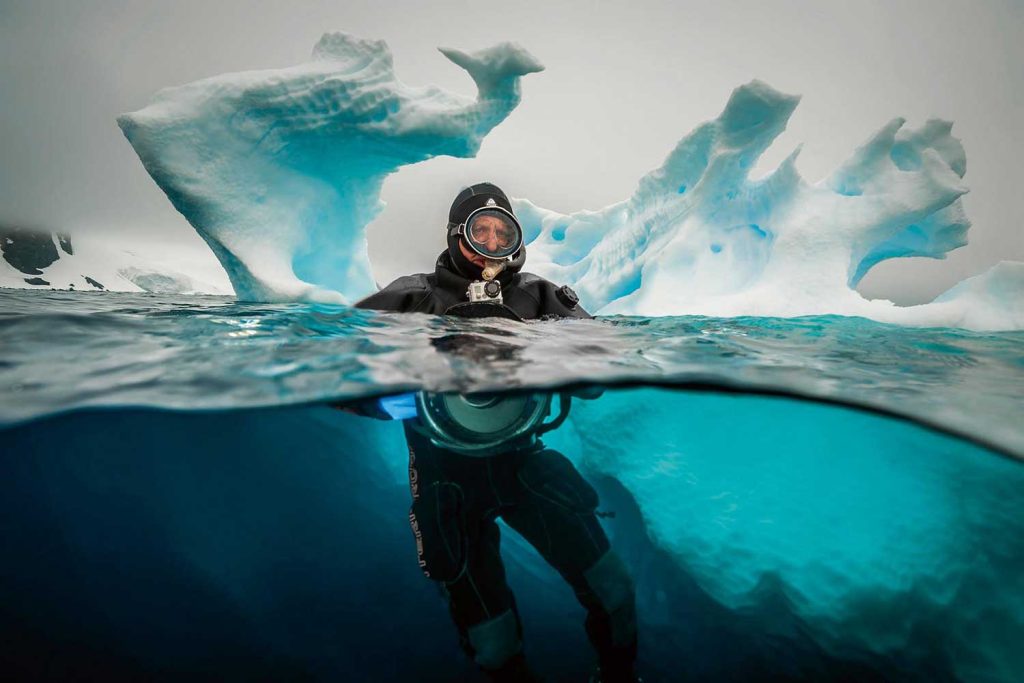
Renowned underwater topographer and Rolex Testimonee David Doubilet
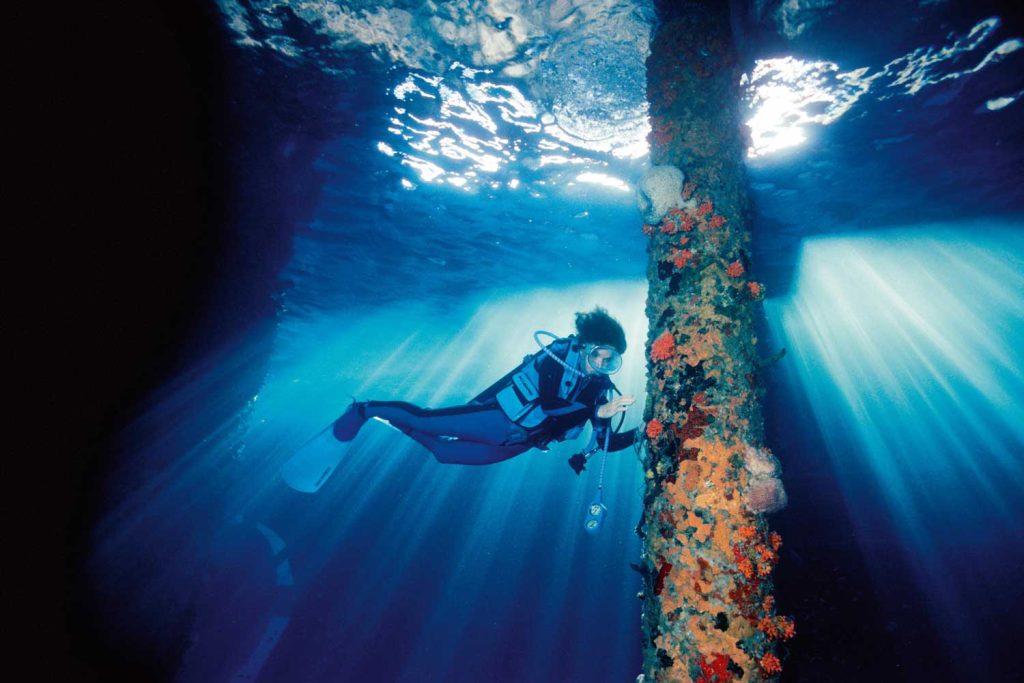
Dr. Sylvia Earle (Photo: David Doubilet)




